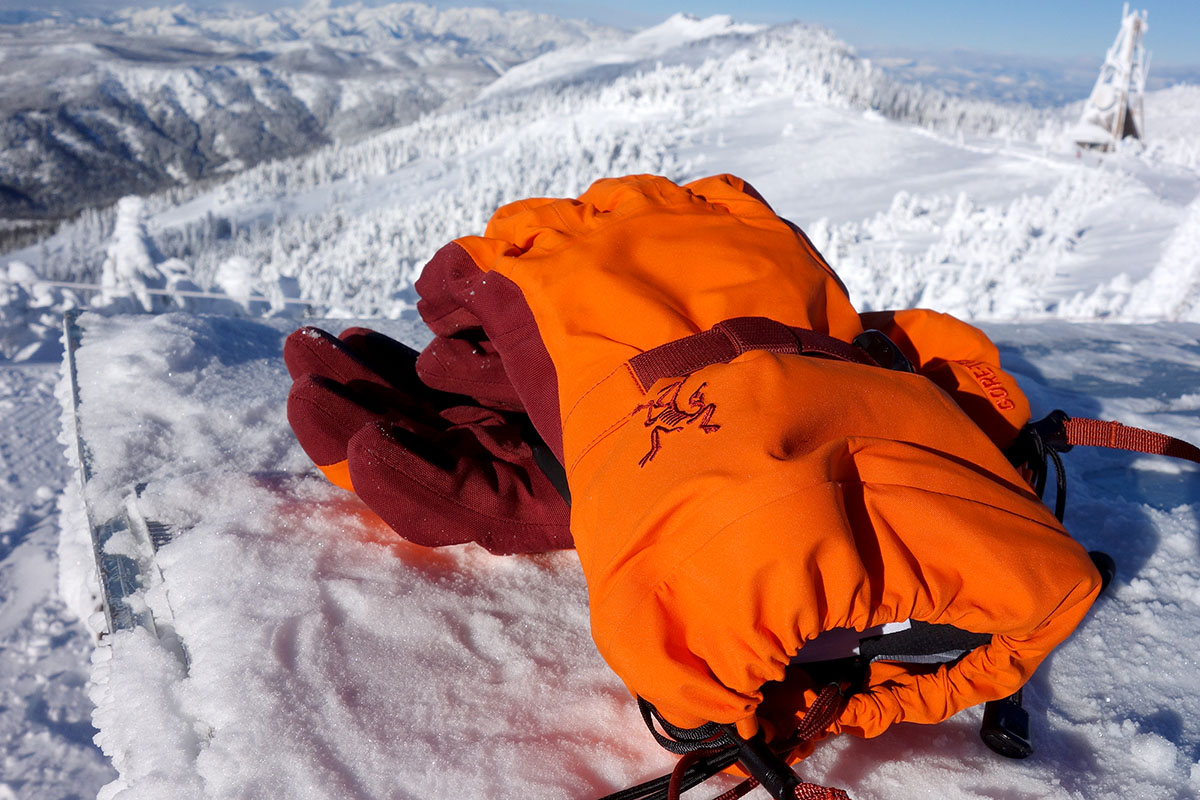
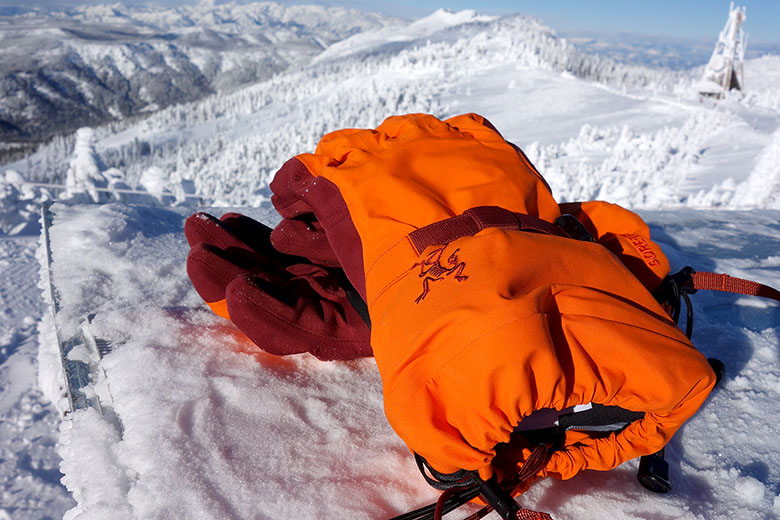
John Ellings


John Ellings
We love companies that innovate and question industry norms, and Arc’teryx does that as well as anyone. For winter 2015, they put skiing and snowboarding gloves under the microscope and came back with the Lithic, which in many ways mirrors the build of one of their insulated 3-layer hardshell jackets (that's a good thing). We gave them a full test in some amazing early season snow conditions in the Pacific Northwest. To see how the Lithic's stack up, check out our article on the best ski gloves. To complete your kit, we've also tested and written about ski helmets and ski goggles.
We’ll cut to the chase here: price notwithstanding, the Arc’teryx Lithic is the best ski glove we’ve ever used in wet snow conditions. Nothing else we’ve tried can match the combination of waterproofing, dexterity, warmth, breathability, grip and toughness. You can’t remove the liner, and although they’re pretty darn warm, those that need maximum warmth won’t be satisfied (they’re not as warm as a thick alpine glove like the Black Diamond Guide, for example). Realistically, the Lithic is overkill for an average day on the slopes, and at $250, is downright expensive. But for backcountry skiers and those that really put their gear to the test, we think you'll be blown away.
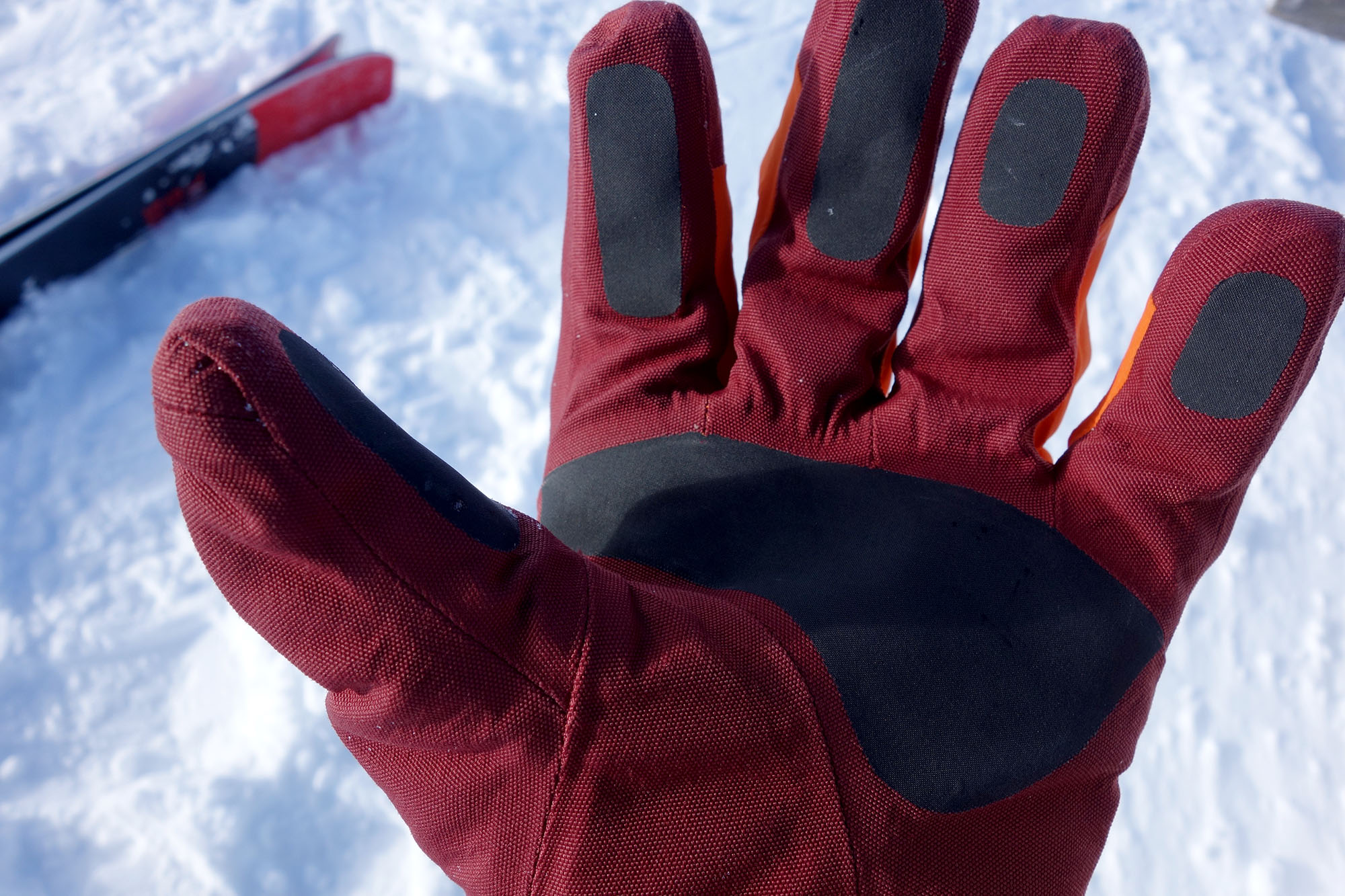
A ski glove that resembles a high-end shell jacket has its perks, and with fully taped seams and a complete Gore-Tex construction, the Lithic is as waterproof as they come. Arc’teryx uses two types of Gore-Tex shell fabrics: a lightweight 3-layer around the wrist and back of the hand, and a robust 3-layer for the palm, thumb and bottom side of the fingers. The tougher fabric was plucked from Gore’s motorcycle line and is remarkably tough but not stiff or ungainly.
Traditional glove construction calls for a leather palm, but Arc’teryx opted instead for synthetic. The palm doesn’t soak up water like leather, and with sections of TPU integrated into the fingers and palm, grip is outstanding even in slushy snow. In our experience, the move away from leather only yielded positive results.
The Lithic gloves are reasonably warm, especially considering the lightweight design (a pair of medium-size gloves weighs 7 ounces on our scale, compared with 11.4 oz. for our medium Black Diamond Guide). We had the gloves out on a somewhat chilly, snowy day with temperatures lingering around 15 degrees and never once felt cold. After removing them to snap a couple photos, I was impressed with how quickly my hands warmed up. The brushed fleece lining definitely helps, and a built-in collar around the wrists seals out any frigid air that might seep through the gauntlet openings. We haven’t yet had the gloves on in temperatures colder than 15 degrees, but given our comfort levels and the fact that this wasn’t a hard charging day, we’d expect to be warm a little below that. This still falls short of a super warm option like the Hestra Seth Morrison Pro, but the Lithic is plenty insulated for all but the coldest of days.
Arc’teryx generates this warmth without bulk through strategic placement of synthetic insulation. They use two varieties of well-known and respected PrimaLoft. At the back of the hand are two layers of PrimaLoft Silver: one 133-gram layer and another layer of 100 gram. The backs of your hands are most vulnerable to the elements, hence the extra attention given here. The palm and fingers get 100-gram PrimaLoft Gold, which is their premium low bulk material.
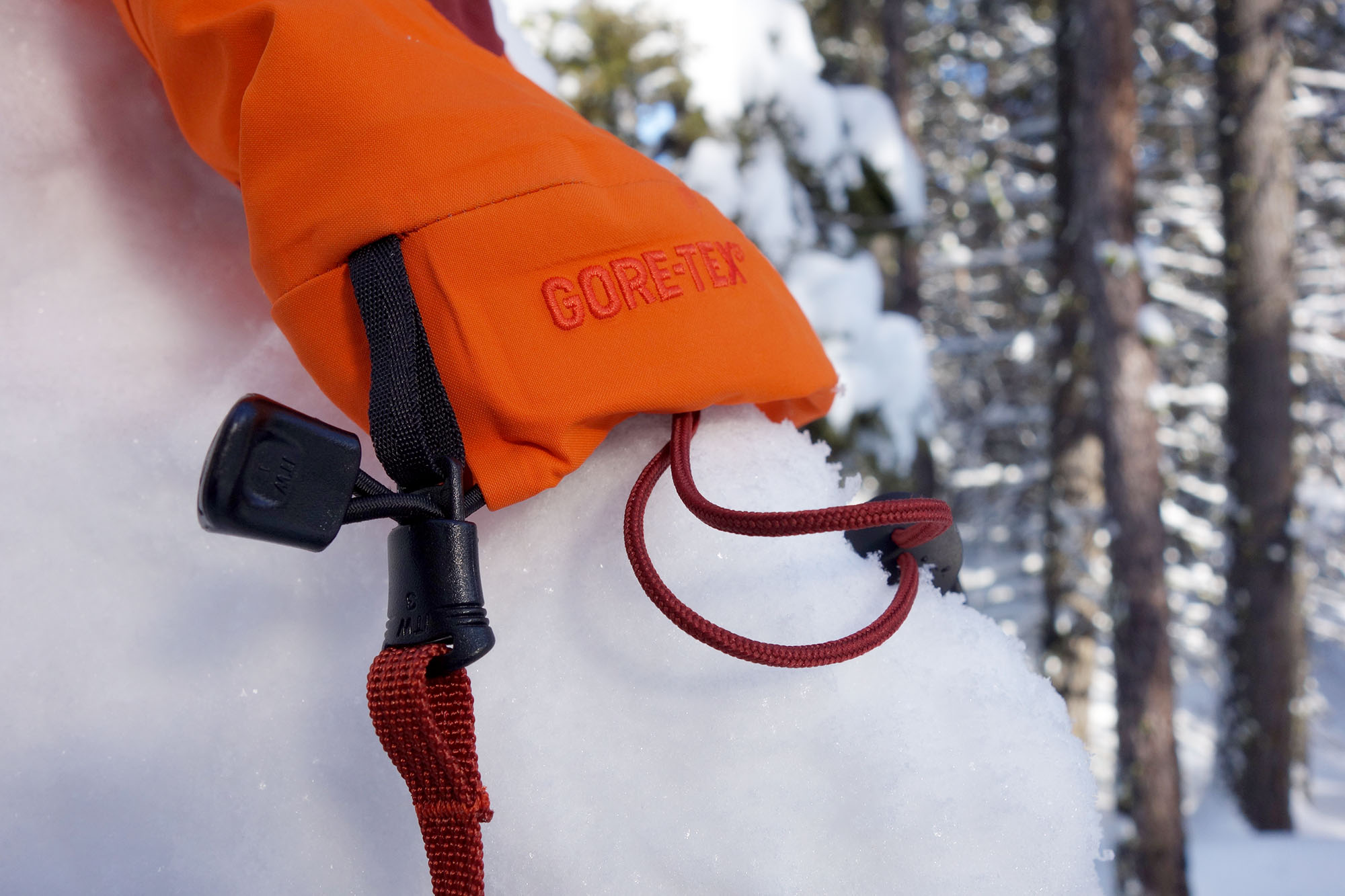
Ski glove construction has to take into account the movement of all fingers, which often leads to a lot of seams and bulk. Arc’teryx went to great lengths to cut excess fabric and stitching seams, using a proprietary construction technique called Tri-Dex, and the results are impressive. What few seams Arc’teryx uses are extremely low profile, and their thoughtful placement never created any pain points or otherwise obstructed our use of the gloves.
More, there is practically no slop in the connection between your fingers and the gloves. The low profile design plays a role in this, and Arc’teryx also bonded sections of the PrimaLoft insulation to the shell to further increase dexterity and a feeling of connectedness to your ski poles, tools or camera.
Arc’teryx designed the Lithic for backcountry use, and as such, breathability is extremely important. A fleece lining surrounds the hands and fingers and does a great job pulling moisture off your skin. The 3-layer construction that covers the entire glove far outperforms leather gloves in moisture transfer and overall breathability. On a longer sidecountry hike in temperatures around 20 degrees Fahrenheit, we didn’t experience sweaty hands like we had just a run earlier with the Black Diamond Guides. By cutting away layers and simplifying the design with breathable fabrics and insulation, Arc'teryx has created a glove that performs as well on the uphill as it does when your skis or board points down.
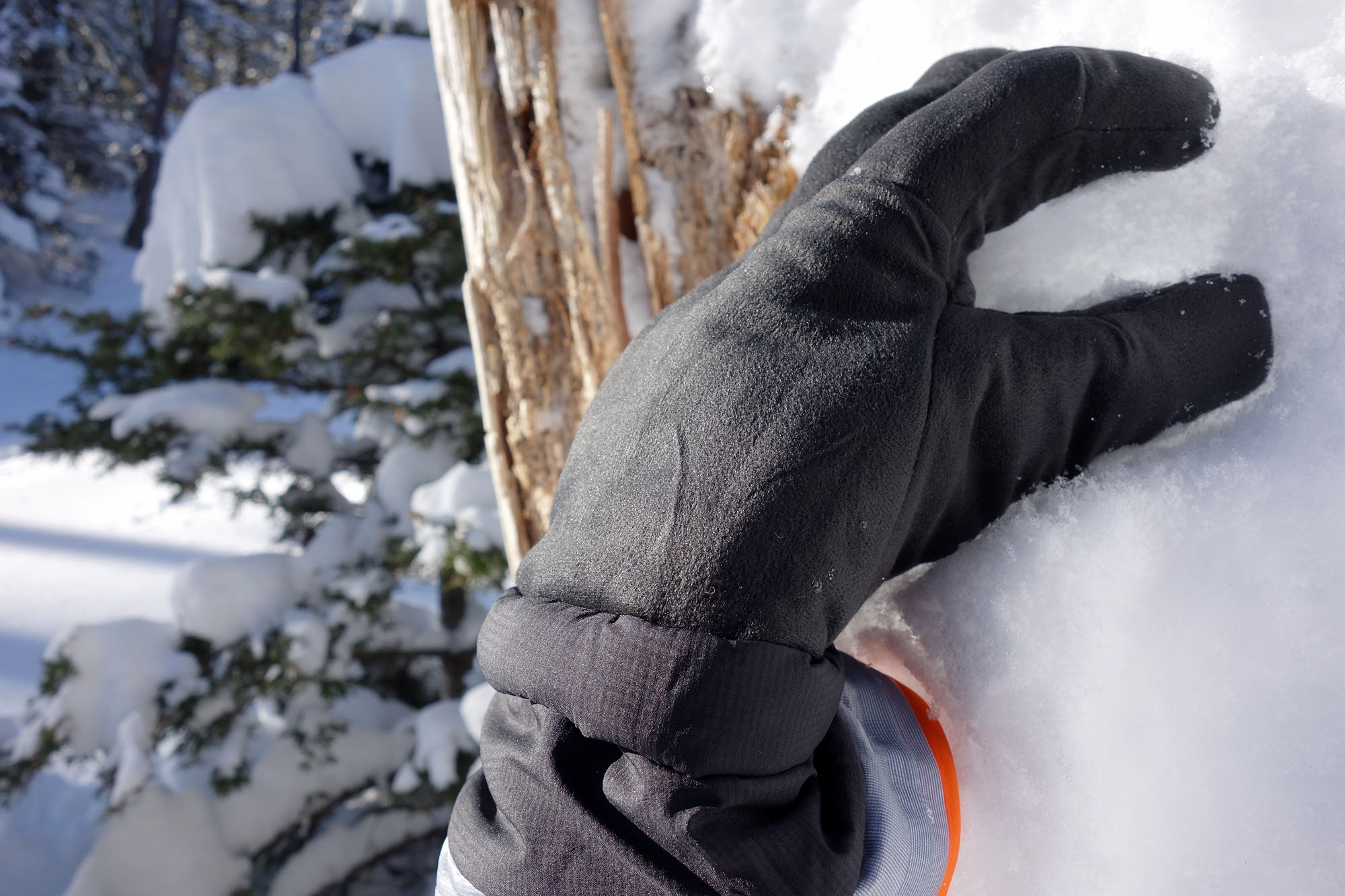
Oftentimes you pay extra with outdoor gear to increase performance at the risk of durability, but not so with the Lithic gloves. We expect our Lithics to have a long life, and thus far they have required absolutely no maintenance. Unlike a leather glove that needs maintenance over time to keep it from absorbing water or otherwise breaking down, the hardshell construction just needs some occasional cleaning.
The TPU at the fingers and palm does more than add grip: it enhances durability in areas most prone to thinning out the Gore-Tex fabrics. It also helps protect the seams around the palm of the hand, which is an area that has shown signs of wear on our leather gloves. Of note, you do not get any padding along the backs of the hands, which can help protect the hands from impacts with rocks or trees.
Lining
You do give up a removable liner with the Lithic, which is a deal breaker for some. But before you look elsewhere, consider that most people use the liner by itself to make it easier to grab something from their ski jacket, so you won't be giving up much with the Lithic's best-in-class dexterity. We had little trouble working the zippers on our jackets and grabbing a camera or snack from a pocket.
One issue with having the connected lining is that occasionally the lining folds or bunches up and blocks our fingers from sliding into place. This wasn't a major issue but did occasionaly require a little wriggling to get the pinkie or thumb portion of the lining fully into place.
Cuff Tightener
Near where the base of your hand and wrist meet is a webbing adjuster for tuning the fit. It’s a great concept for accommodating a wide range of hand sizes and makes the on and off process that much easier. Our only nitpick is that the sliding piece where you store the loose webbing can be difficult to use when both your hands are in the gloves. We never had issues skiing with the webbing strap unsecured, however.
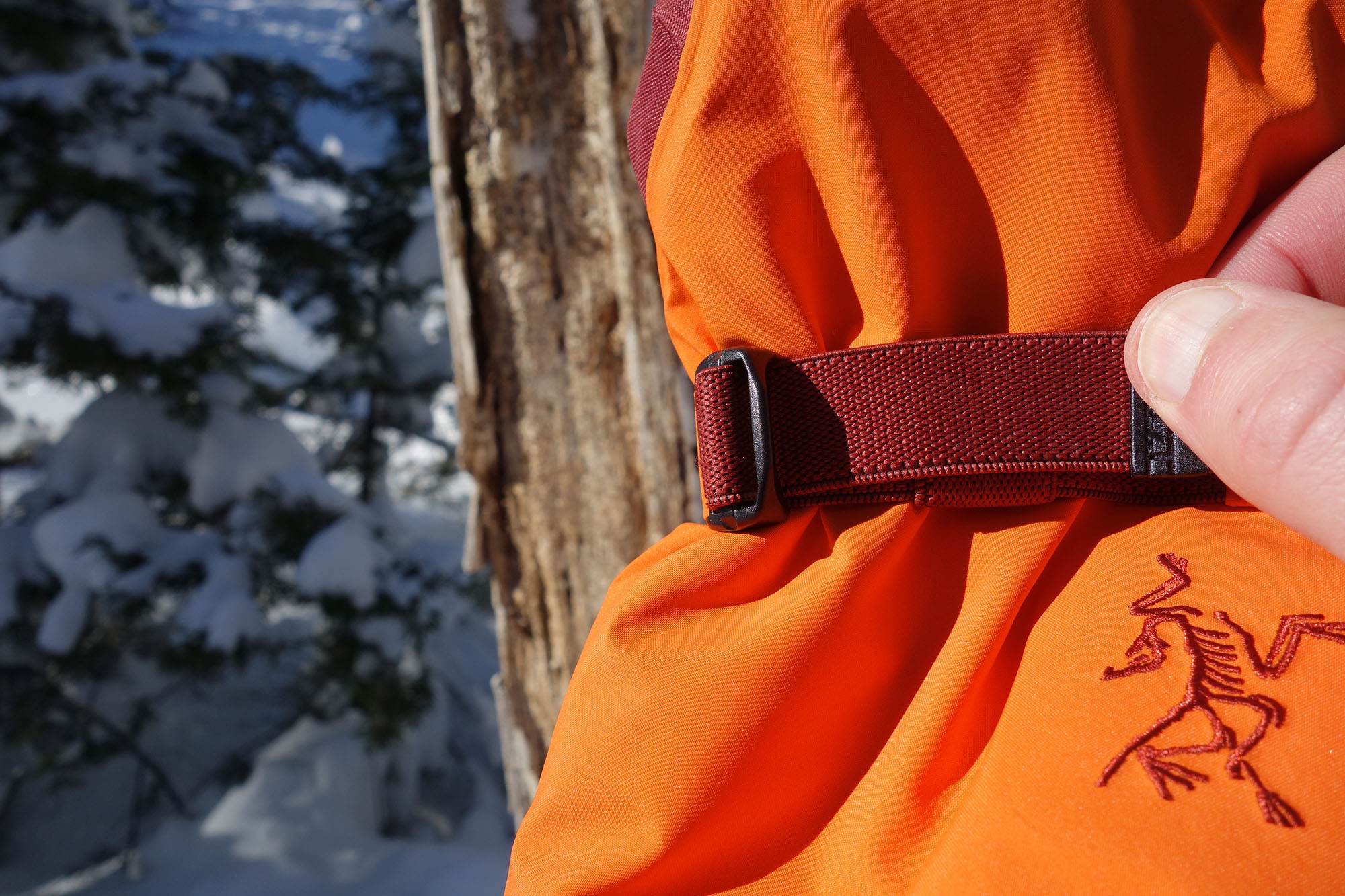
Wrist Leash and Cinch Cord
We consider a wrist leash a good idea for staying connected to your gloves in a big crash or if you need to take them off while on the lift. The Lithic’s leash is pretty bare bones, but it does the job with a simple thin cord and circular cinch toggle. Just slide your hand through the loop on its way into the glove and tighten with the toggle. You can also remove the leash completely by undoing the cord from its webbing loop.
The elasticized pull cord is standard fare for a premium gauntlet-style glove, as is the webbing used for loosening. The system works well, even with a gloved hand, but it’s nothing revolutionary. You’re spending the big bucks for the 3-layer Gore-Tex construction. Loops built into the cinch cord are designed to accommodate a carabiner for carrying the gloves together.
Our gloves fit a little smaller than a typical medium. For me, this is a great thing because I'm often caught in that dreaded in-between space for sizing, but those that oftentimes fit a certain size just right may have to size up. As we touched on above, the webbing adjuster at the top of the wrist does a great job dialing in the fit, and the pre-curved shape puts your hands in a very natural resting position.
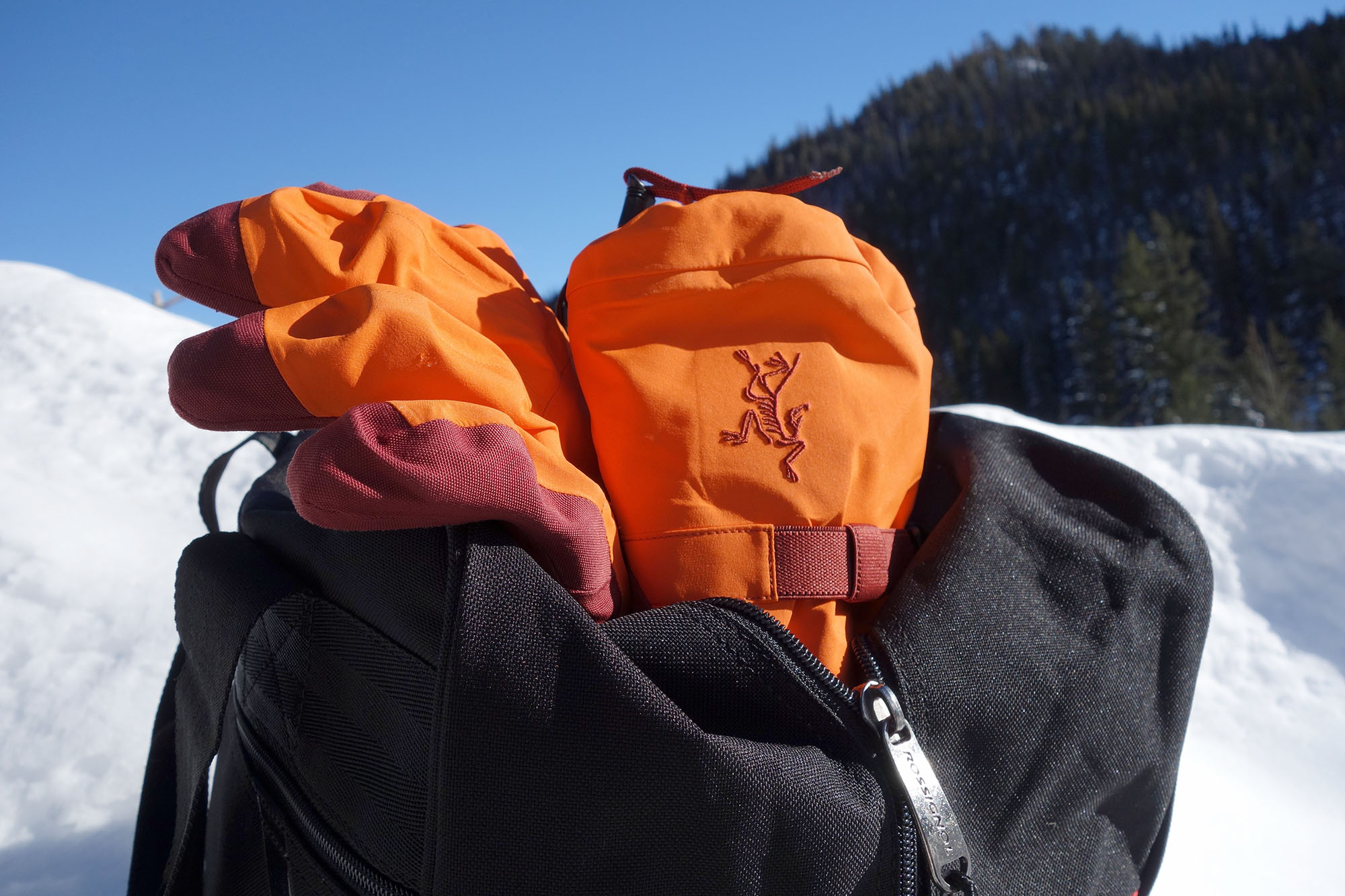
Arc’teryx is known to fine tune their products for specific purposes, but we think the Lithic has a wide appeal. First and foremost, these are backcountry ski gloves for those that really need premium performance. More, the exceptional waterproofing makes them ideal for resort skiers in wet conditions like the Pacific Northwest, and they’re insulated enough for most days when you stay inside the ropes. And with the grippy palms and excellent dexterity, they should work for ice climbing and ski mountaineering, although we haven’t tested them with these activities just yet.
Arc'teryx
|
Hestra Seth Morrison Pro
|
Black Diamond Guide
|
North Face Vengeance
|
|
| Price: | $249 | $190 | $170 | $220 |
| Shell: | Nylon | Leather | Nylon/Leather | Nylon/Leather |
| Insulation: | 133g & 100g PrimaLoft | Thermolite | 170g PrimaLoft & 100g fleece | 100g PrimaLoft |
| Waterproofing: | 3L Gore-Tex | CZone insert | Gore-Tex XCR insert | 3L Gore-Tex |
| What we like: |
Super waterproof, dexterous and breathable. |
Great fit and hand protection; very warm. |
Warmth and comfort at a decent value. |
Good waterproofing and breathability. |
| What we don't: | No removable lining; not the warmest option. |
Sometimes too warm; not fully waterproof. |
Not as durable; leather soaks up water. |
Expensive for what you get. |
Even by Arc’teryx's sometimes-lofty price standards, $249 feels steep. Most ski gloves in the high-end category max out around $200, so the potential market for the Lithic shrinks substantially. Some natural price competitors include the popular Black Diamond Guide gloves, a number of leather Hestra options, including the Heli OutDry and Seth Morrison Pro, and The North Face Vengeance. Only the Vengeance comes close in terms of wet weather protection, with a 3-layer Gore-Tex membrane, however, Arc’teryx is unique in applying the Gore-Tex material to the entire shell. The extra cash required for the Lithic does buy you a lot of technology and an impressive combination of warmth, dexterity and waterproofing that the competition simply can’t match. If those are your goals, you’ll be quite pleased with the Arc’teryx Lithic.